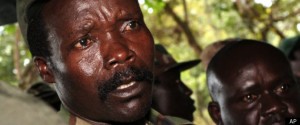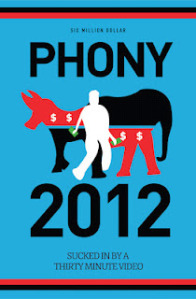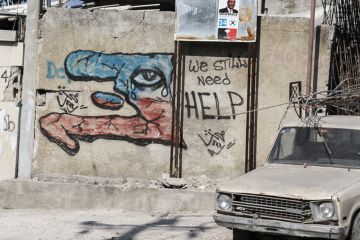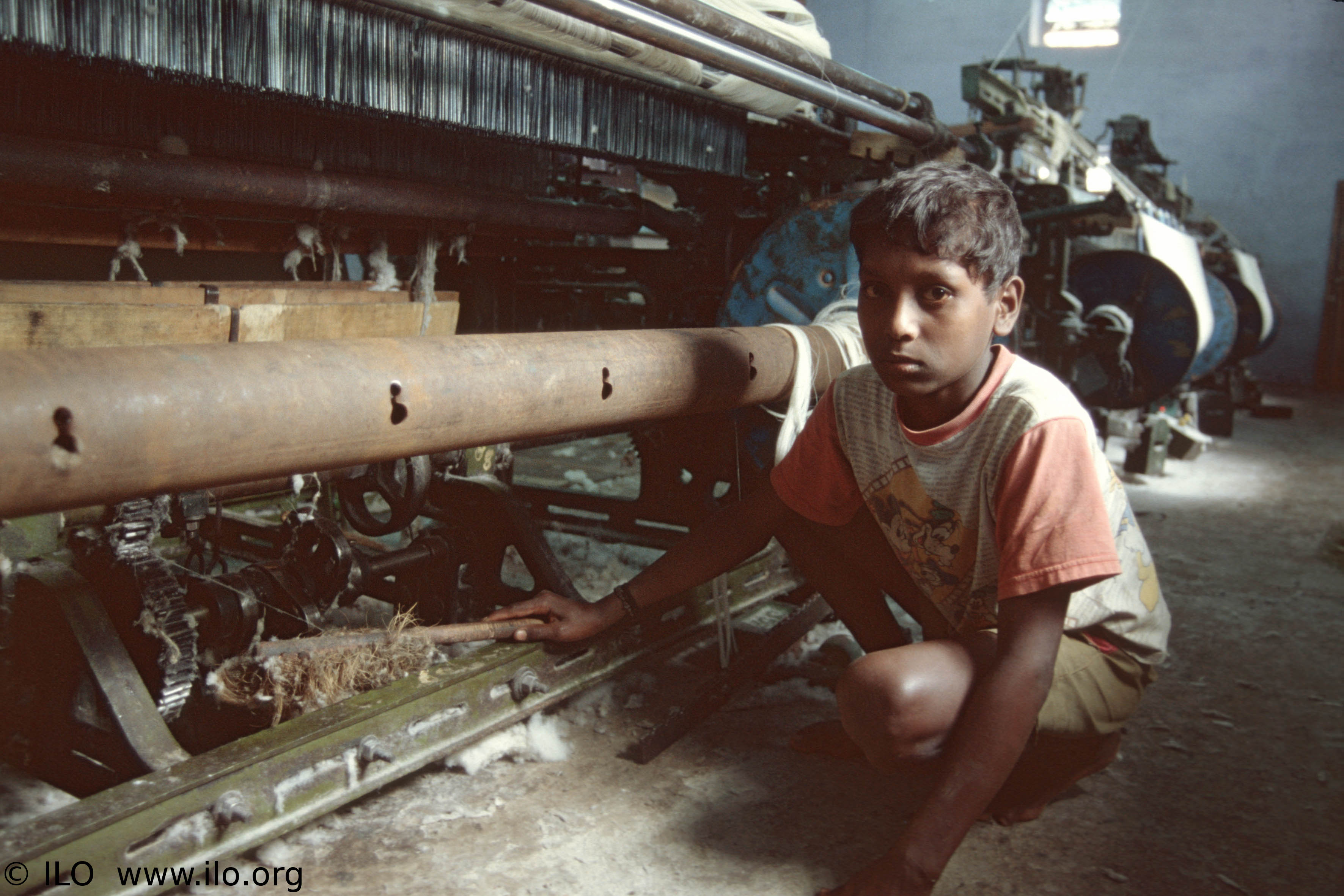No other documentary concerning Uganda’s security situation has made its way around the world faster than Invisible Children’s Kony 2012. But for all the hype generated by Facebook and Twitter, the video has been greeted with an equally fierce backlash amongst prominent Ugandan and western experts.

Kony 2012 has raised many questions on the legitimacy of advocacy techniques used by Western NGOs. The film and the discussion it inspired have revealed the fundamental question of whether advocacy organizations should focus on quantity or quality when raising awareness. Ultimately, is it the quantity of people being targeted that is most important, or the quality of information being disseminated?
In the 30-minute video clip, the story of Joseph Kony is recounted by Jason Russell, co-founder of Invisible Children, to his 5 year-old son. In the simplest terms, he tells his son that the Lord’s Resistance Army (LRA), led by Kony, has kidnapped between 20,000 to 30,000 children in northern Uganda to use as child soldiers and sex slaves. The solution, according to Russell, is equally simple: share the video with as many people as possible to ensure the hundred US military advisors, sent by President Obama in 2011 to help the Uganda military capture Kony,, remain there.
This one-dimensional framing presented by Russell can be easily explained: the video was designed to go viral. By oversimplifying the issue, Invisible Children could guarantee that Kony 2012 would reach as many people as possible. This distortion of information regarding the complexity of the issue, however, does more harm than good.
Russell’s claim that military intervention is the only viable solution is misleading on many accounts. Nigerian novelist Teju Cole explains that “success for Kony 2012 would mean increased militarization of the anti-democratic Yoweri Museveni, who has been in power in Uganda since 1986 and has played a major role in the world’s deadliest ongoing conflict since the war in the Congo.”
Many scholars have even argued that in the early 2000s, the Ugandan army was more than capable of destroying the LRA once and for all. Museveni, however, chose to let the LRA relocate so that he could use their security threat as a justification to avoid democratization. In any case, as Angelo Izama, a Ugandan blogger points out, “Killing Mr. Kony may remove him from the battlefield but it will not cure the conditions that have allowed him to thrive for so long.
Regardless of whether one agrees with the proposed military solution, one could argue that the sole strategy of spreading awareness of the LRA’s massive human right abuses is an intrinsically positive thing. However sometimes, not all publicity is good publicity, especially when it comes to pushing forward implicit messages that reinforce the white-savior industrial complex.
An additional criticism of Kony 2012 is that it leaves no room for Ugandan agency. As Dr. Payam Akhavan, a professor of international law at McGill University explains, “The video is ten years too late. Watching it, one imagines that nobody ws ever involved in this struggle before they started filming. Back in 2003, we devised a brilliant strategy with highly competent Ugandan officials on how to eliminate the LRA by depriving them of rear-bases in southern Sudan. Within two years, the war in Uganda was over and Joseph Kony’s force of several thousand was reduced to a few hundred fugitives in the Congo.”
Embedded within this account of horrific human rights violations is the idea that Africans are helpless victims waiting for the West to come and save them with its money and good intentions. Herein lies the most damaging and harmful aspect of the Kony 2012 campaign: the dis-empowerment the people most affected by the issue. “You shouldn’t be telling my stor if you don’t believe that I also have the power to change what is going on,” Rosebell Kagumire, a Ugandan multimedia journalist, has stated.

The video’s purposeful targeting of twenty celebrities to help spread the word highlights the extent to which the campaign prioritizes quantity over quality.
“The fact that we only care when celebrities bring this sort of thing to our attention underscores how black and white the issue has become. In this case, pun intended… it only reinforces the idea that if white Americans care about something we can fix it no matter how little we’ve grasped from the complexity of the issue,” said Daniel Douek, a PhD candidate in political science at McGill.
Kony 2012 answers some important questions regarding NGO advocacy strategies. Raising awareness amongst millions of previously ignorant teenagers by painting an oversimplified and patronizing picture of a conflict is not a viable solution. Instead, advocacy groups should focus on explaining the complexities of the situation and acknowledging the agency of those whose lives are most affected, even if this means that fewer people are involved in the execution.

All advocacy groups share an internal ethical desire to “make a difference.” But these good intentions, no matter how gratifying, often overly simplify the issue and rarely translating into lasting positive impacts. Advocacy groups around the world need to stop selling the idea that “anyone can change the world and it’s easy to do so.” Instead, groups should propagate that “Anybody can change the word, but it’s difficult. And you should do it anyway,” said Grant Oyston, an Acadia University student and the founder of the blog Visible Children.
Only by focusing on quality over quantity will advocacy groups achieve their ultimate goal of making a positive difference.




